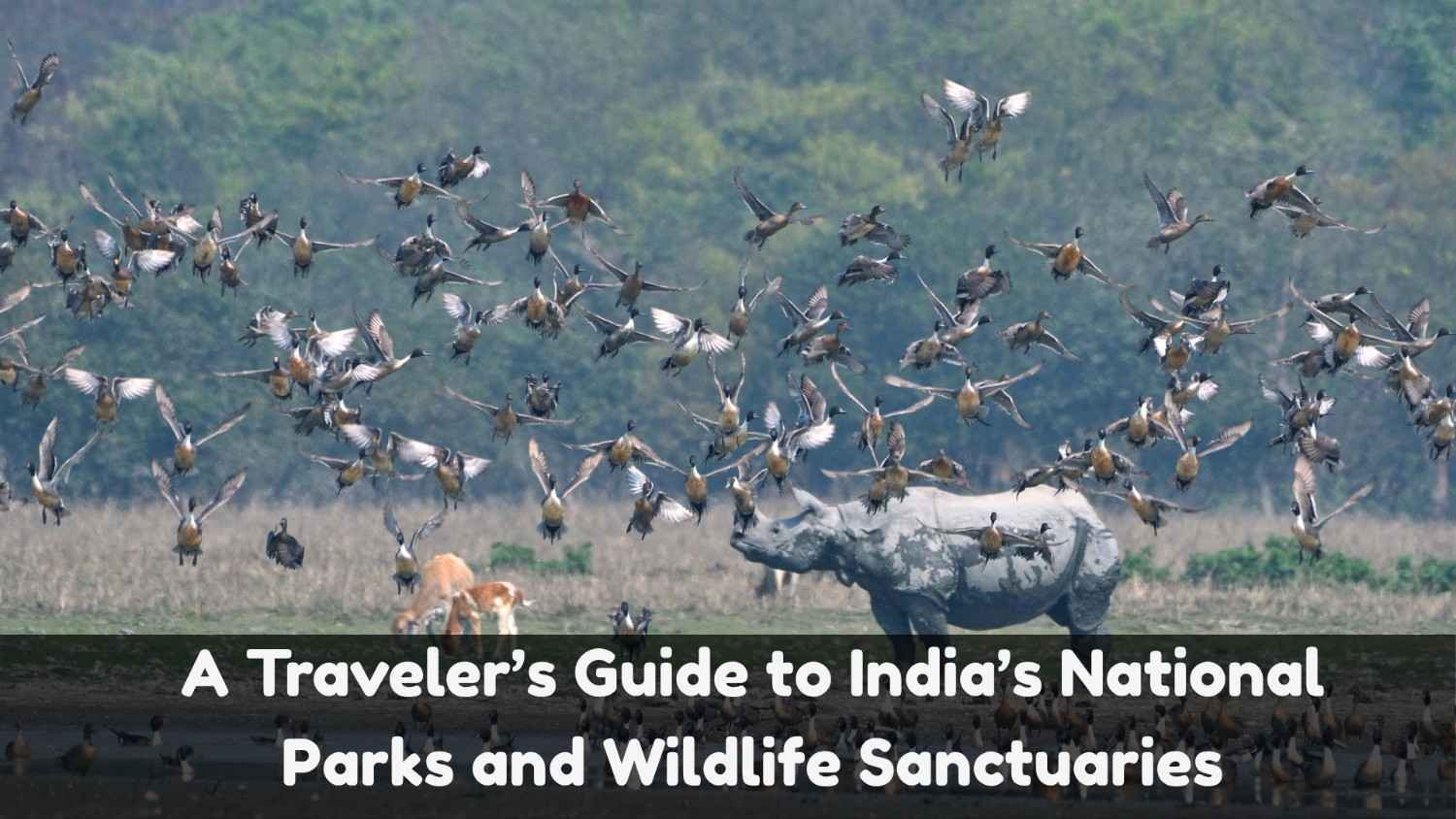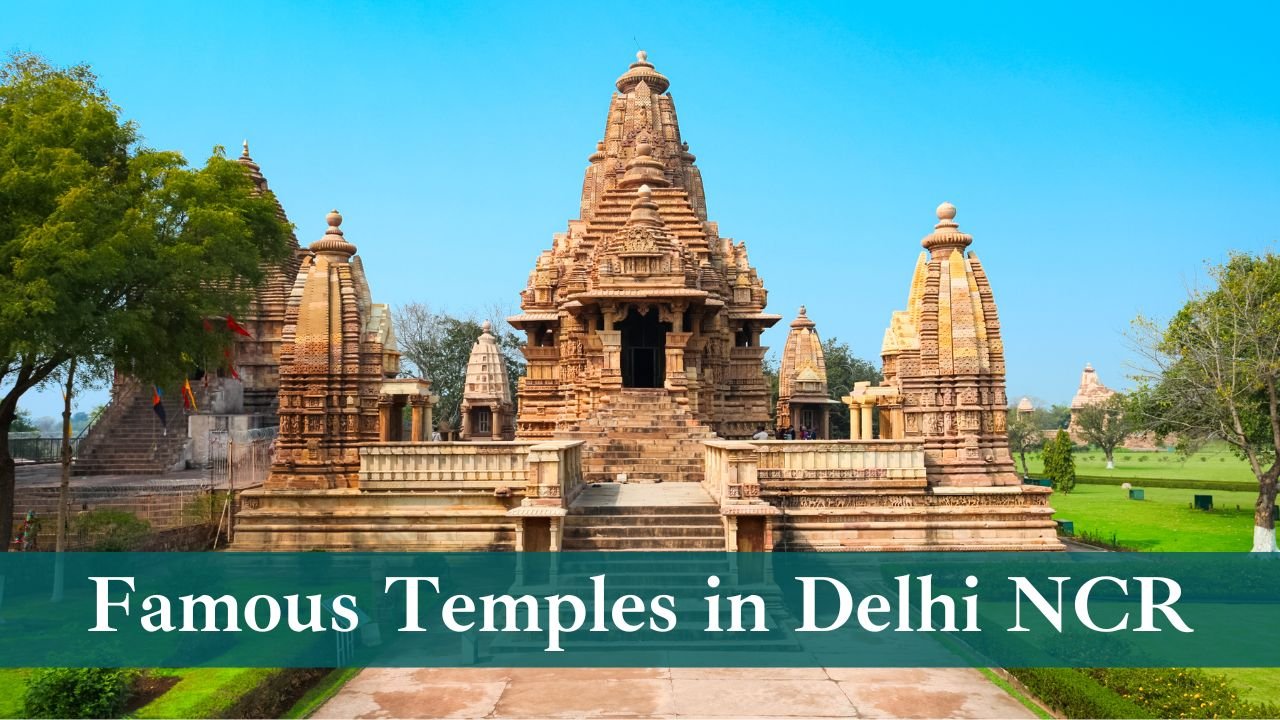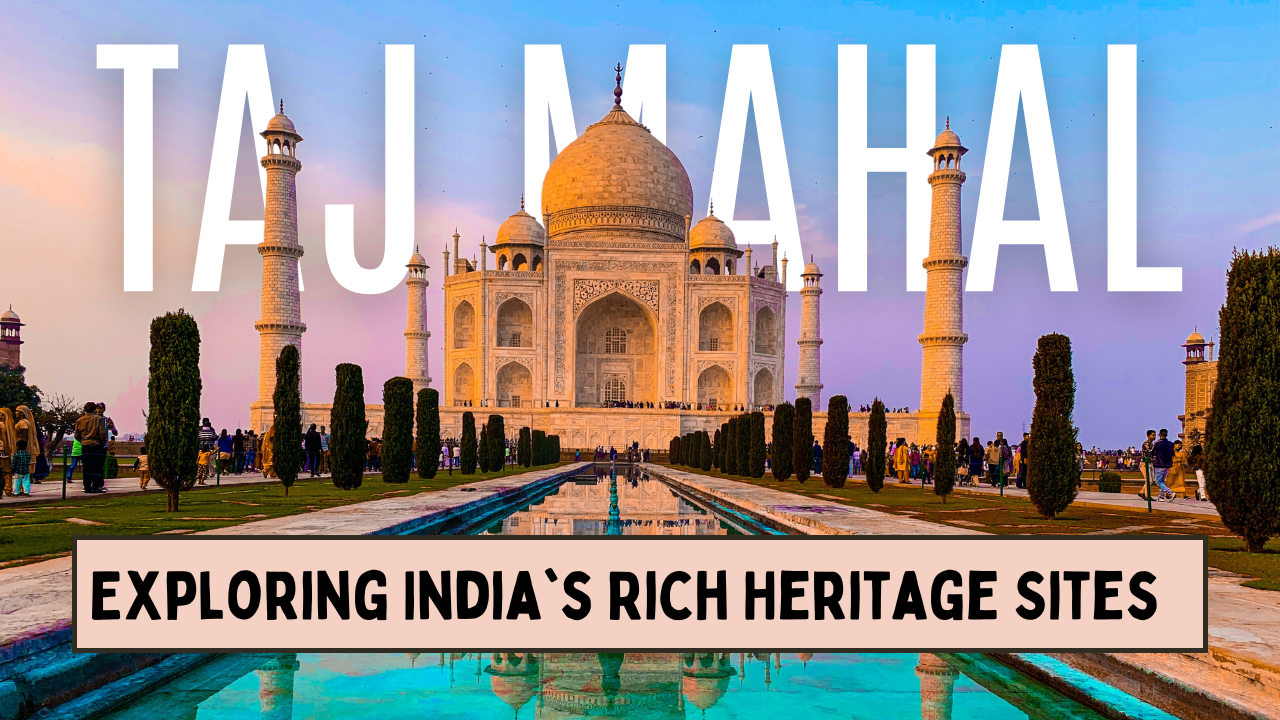Wildlife Sanctuaries in India offer a rare opportunity to explore one of the most biologically diverse countries in the world. From lush rainforests and alpine meadows to arid scrublands and coastal mangroves, India’s natural heritage is vast and vibrant.
With over 100 national parks and more than 500 wildlife sanctuaries, the country is a paradise for nature lovers, wildlife photographers, bird watchers, and adventure seekers alike.
Whether you’re hoping to spot a tiger in the wild, explore ancient forest trails, or simply soak in the tranquility of untouched landscapes, India’s national parks promise unforgettable experiences.
Top Wildlife Sanctuaries and National parks in India
India is home to over 100 national parks, each offering unique wildlife experiences and diverse landscapes. From the tiger-rich Jim Corbett to the biodiversity hotspot Kaziranga, and the snow-laden Hemis in Ladakh, these parks are perfect for nature lovers, wildlife photographers, and adventure seekers alike.
1. Jim Corbett National Park, Uttarakhand
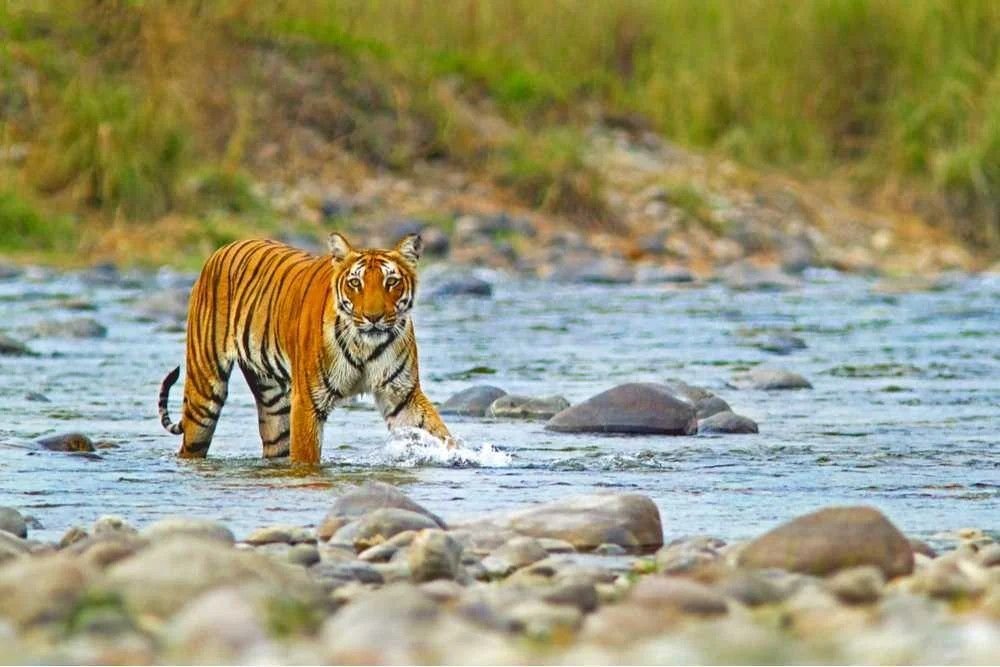
Famous For: Bengal tigers, diverse birdlife, and riverine forests
Best Time to Visit: November to June
Experience: Established in 1936, it is the oldest national park in India and a key part of Project Tiger. Jim Corbett offers thrilling jeep safaris, forest lodges, and excellent bird-watching opportunities in a picturesque setting along the Ramganga River.
2. Ranthambore National Park, Rajasthan
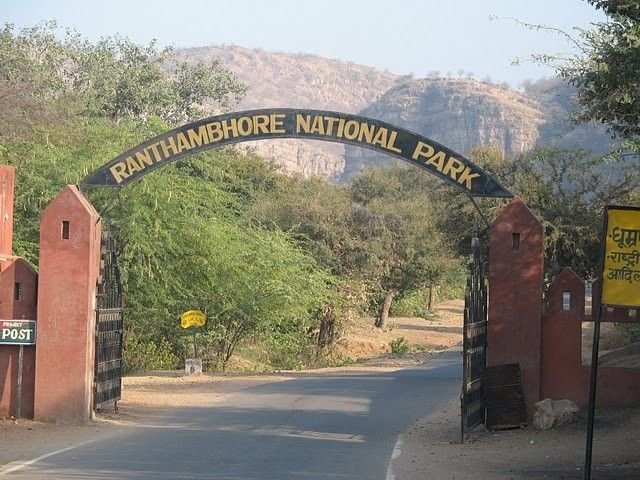
Famous For: Frequent tiger sightings amid ancient ruins
Best Time to Visit: October to April
Experience: Nestled near the historic Ranthambore Fort, this park blends royal heritage with raw wilderness. The dry deciduous forest and open meadows make it easier to spot tigers and leopards during safaris.
3. Kanha National Park, Madhya Pradesh
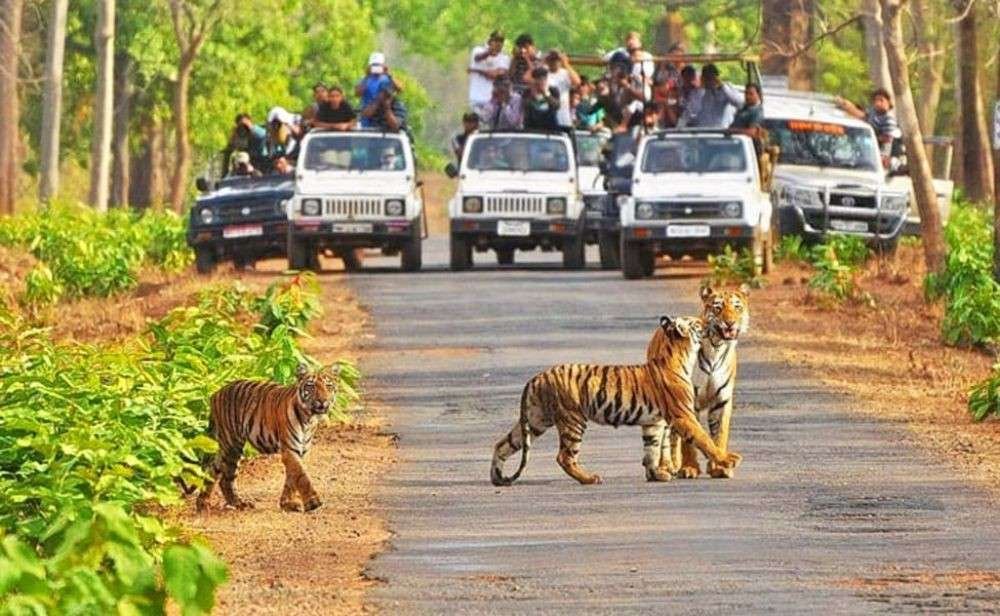
Famous For: Barasingha (swamp deer), tigers, and lush meadows
Best Time to Visit: October to June
Experience: Known for its well-managed conservation efforts, Kanha inspired Rudyard Kipling’s “The Jungle Book.” It features sprawling sal forests, grasslands, and a high density of wildlife.
4. Bandhavgarh National Park, Madhya Pradesh
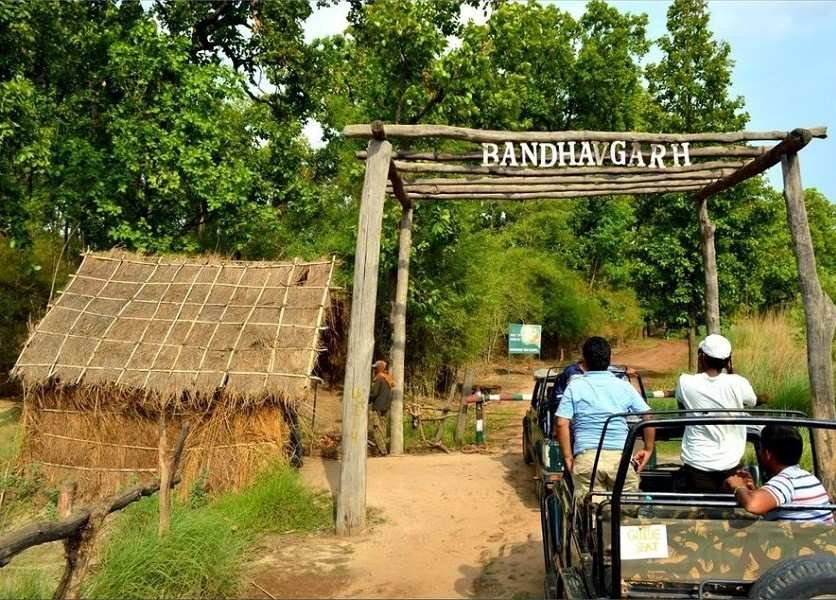
Famous For: Highest density of Royal Bengal Tigers
Best Time to Visit: October to June
Experience: Rich in biodiversity and history, Bandhavgarh was once a royal hunting ground. The ancient Bandhavgarh Fort and numerous caves within the park add cultural value to the wildlife experience.
5. Kaziranga National Park, Assam
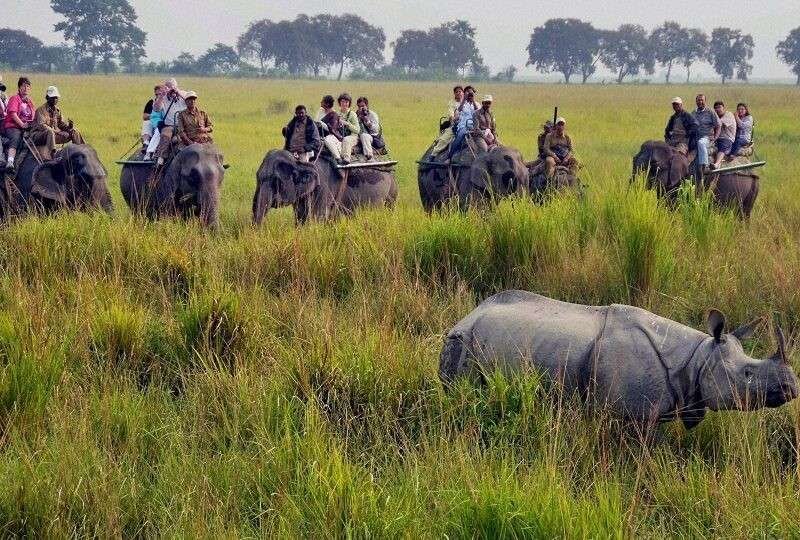
Famous For: One-horned rhinoceros
Best Time to Visit: November to April
Experience: This UNESCO World Heritage Site is located on the floodplains of the Brahmaputra River. It’s a stronghold for the endangered one-horned rhino and is also home to wild elephants, tigers, and water buffaloes.
Looking for a wildlife escape? Discover our Delhi to Sariska Safari one day trip in the Aravalli foothills.
6. Sundarbans National Park, West Bengal
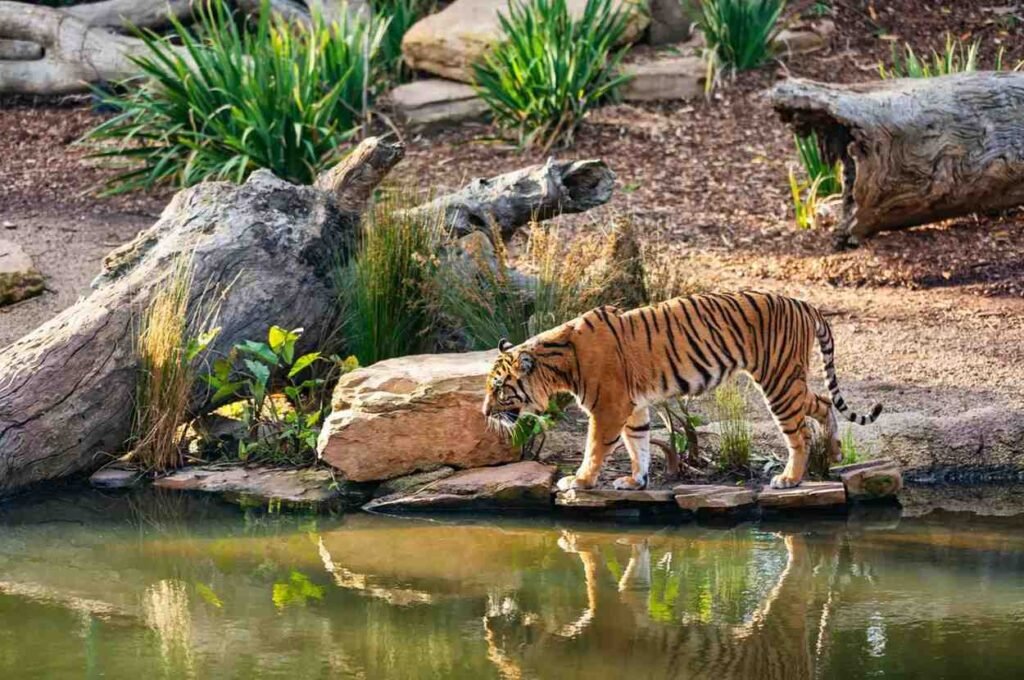
Famous For: Royal Bengal Tigers and dense mangrove forests
Best Time to Visit: November to February
Experience: Known for its unique tidal ecosystem, the Sundarbans offers boat safaris through winding waterways. The park is the largest mangrove forest in the world and a critical habitat for saltwater crocodiles and tigers.
7. Gir National Park, Gujarat
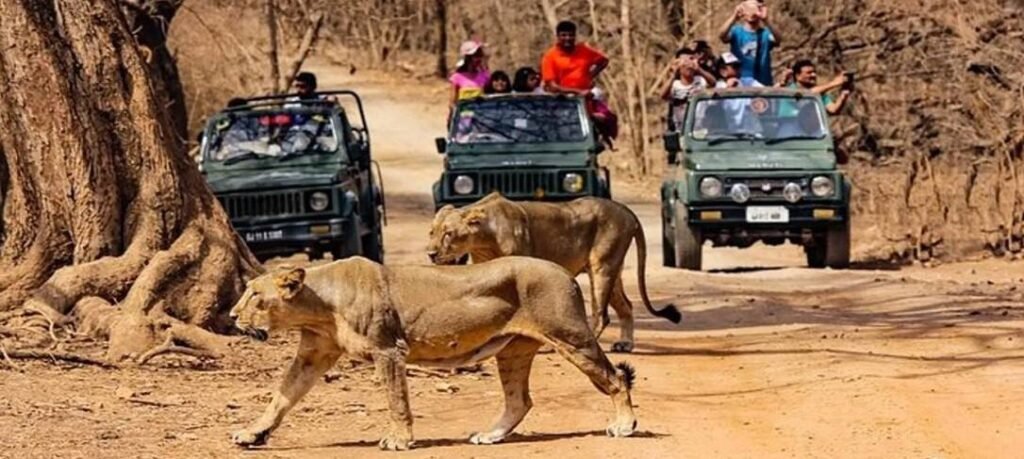
Famous For: Asiatic lions
Best Time to Visit: December to April
Experience: Gir is the only place in the world where Asiatic lions roam freely. The park also hosts leopards, hyenas, jackals, and a wide variety of birds, making it a unique destination for wildlife lovers.
8. Periyar Wildlife Sanctuary, Kerala
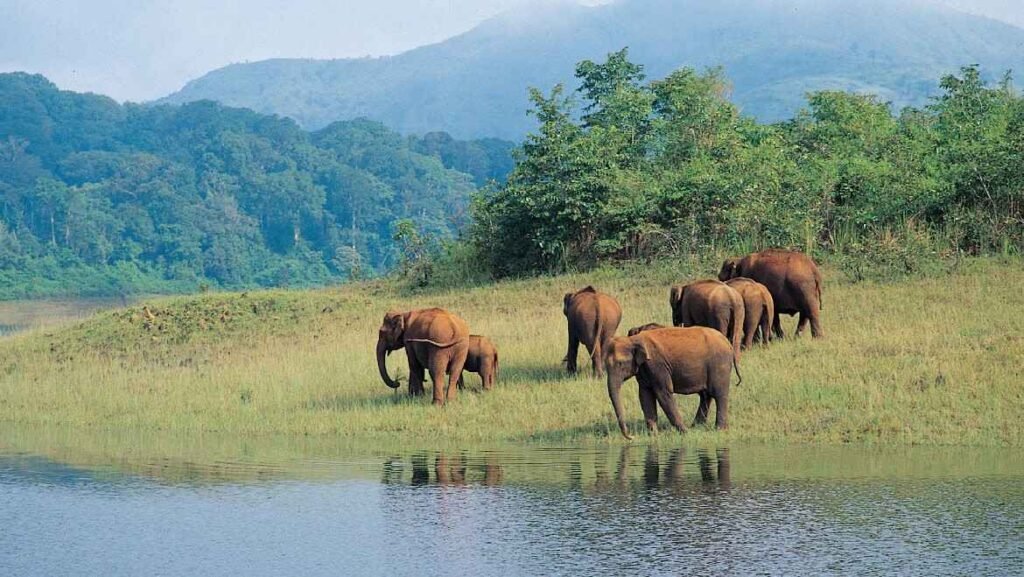
Famous For: Herds of elephants and boat cruises on Periyar Lake
Best Time to Visit: October to March
Experience: Located in the Western Ghats, Periyar is known for its scenic beauty, spice plantations, and tranquil environment. The boat safaris offer a unique perspective to observe wildlife near the water’s edge.
9. Pench National Park, Madhya Pradesh
Famous For: Tigers, wild dogs, and diverse flora
Best Time to Visit: November to May
Experience: Spread across Madhya Pradesh and Maharashtra, Pench offers lush teak forests and rich biodiversity. It also inspired Kipling’s Jungle Book and provides a balanced mix of terrain and wildlife.
10. Hemis National Park, Ladakh

Famous For: Snow leopards and Himalayan wildlife
Best Time to Visit: May to October
Experience: Situated at high altitudes, Hemis is the largest national park in India. It is home to rare species such as the Tibetan wolf, blue sheep, and snow leopard, and offers breathtaking views of the Himalayas.
Seeking a quick escape? Explore the best weekend getaways and day trips perfect for short escapes from the city.
Why Visit National Parks in India?
- Diverse Landscapes: From mangroves to high-altitude deserts, India’s varied geography ensures every park is unique.
- Conservation Initiatives: Home to projects like Project Tiger and Project Elephant, these parks are at the forefront of global conservation efforts.
- Eco-Tourism Opportunities: Guided safaris, eco-lodges, and forest stays help support local communities while promoting sustainable travel.
- Wildlife Photography: Capture rare and endangered species in their natural habitat, guided by trained naturalists.
- Educational and Recreational Value: Great for family trips, student tours, or solo adventures with a focus on learning and exploration.
FAQs
1. What is the best time to visit national parks in India?
The ideal season for most parks is between October and April, when the weather is pleasant and animal sightings are more frequent. However, some parks like Hemis have shorter visiting windows due to altitude.
2. Which is the largest national park in India?
Hemis National Park in Ladakh is the largest in terms of area, covering over 4,000 square kilometers.
3. Are safaris available in all national parks?
Not all, but most popular parks such as Jim Corbett, Ranthambore, and Kanha offer organized jeep or canter safaris. Some parks like Periyar offer boat safaris as well.
4. Do I need to book in advance to visit these parks?
Yes. It is strongly recommended to book safari permits and accommodation in advance, especially during peak seasons and weekends.
5. Are national parks in India safe for tourists?
Yes, they are generally safe and well-regulated. Tourists must follow safety instructions, stay within permitted zones, and always be accompanied by licensed guides during safaris.

